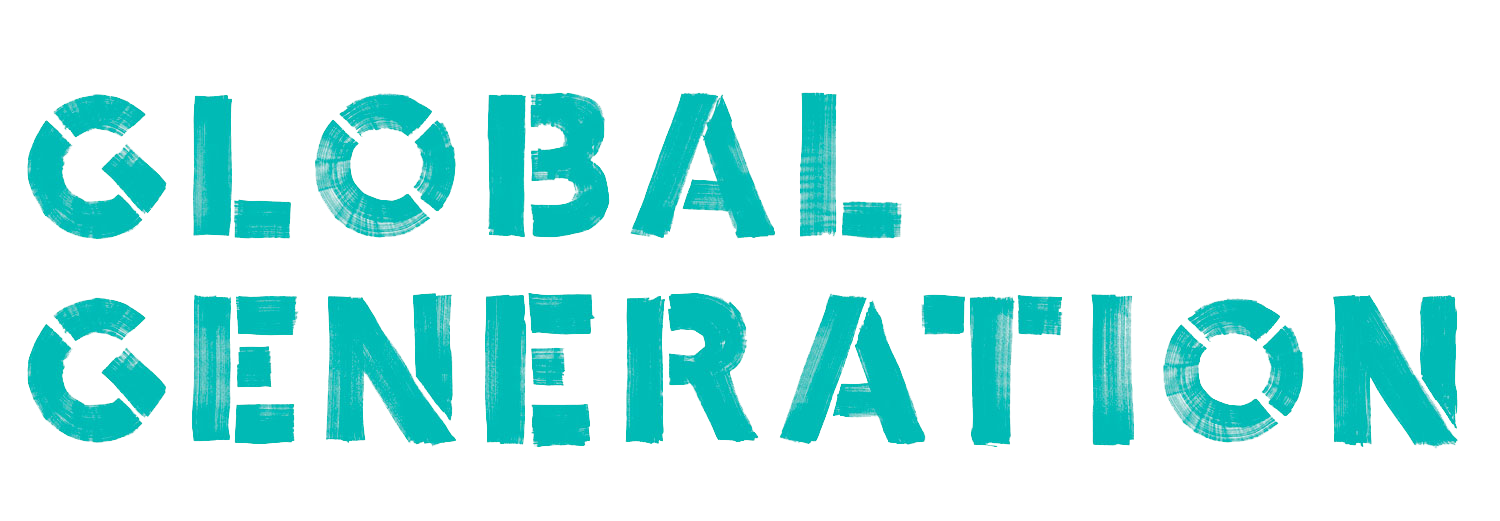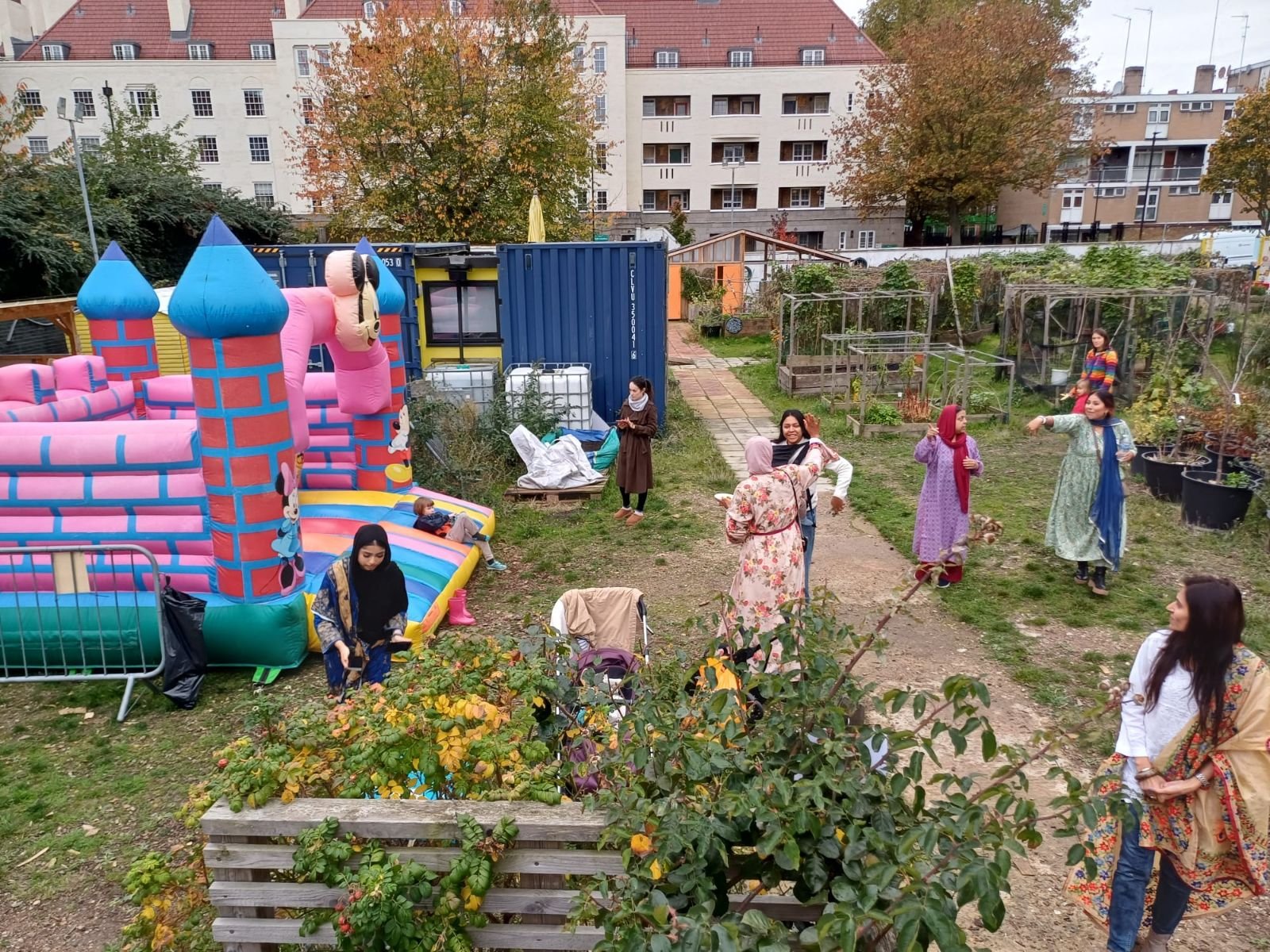VOW: A JOURNEY IN MY DREAM
In London, where the hustle and bustle of the city never seems to pause, winding their way through history and modernity alike, flow the canals. I love walking around London canals as they create hidden pockets of calm amidst the urban frenzy and beneath these waters lies a secret world, full of life and mystery.
A few weeks ago, one morning, as part of the Voices of the Water project, I had arrived at the Grant Museum of Zoology in Euston and joined the other fellows as they stood around a circle between glass cabinets of preserved starfish, sea slugs and sea mice and many more preserved specimen, quietly discussing,
“How do they do it, travelling for thousands of miles?” That’s when something inside me was sparked up and I started to become curious about eels. Eels are slimy and they can grow to be as long as your arm.
Eels, mysterious creatures that can travel thousands of miles from their birthplace in the Sargasso Sea to the rivers and streams of Europe. From the moment they hatch, eels start on their journey towards the east, each year from February until April, or sometimes until June, eels arrive in Europe and our rivers in the UK, and they transform into glass eels, which are much smaller and almost transparent. And since then, it is like the eels are coming to me (I keep seeing signs of them all around me)
That night, before I went to sleep, I stood in the dark and looked at the moon through the window, as I often do. As I looked at the moon my eyes adjusted, the moonlight illuminated the trees, it was just bright enough to see the garden. Then I fell asleep and I had a dream. It was a sunny afternoon, I said goodbye to the people I worked with on the floating garden and wandered down Regent’ Canal, a place where ducks paddled lazily and willow trees dipped their branches into the water. As I walked along the edge, peering into its murky depths, I noticed something strange. “Woah!” I whispered, my eyes wide with excitement. A shadowy figure glided just below the surface, moving with an elegance that seemed out of place in the quiet canal. As I was kneeling on the ground peeking into the water, I felt someone peer over my shoulder, looking in the same direction, “I think it’s an eel,” a child said, equally fascinated. She had learnt about eels in school.
We followed the eel along the canal, watching as it weaved through underwater plants and slipped effortlessly through narrow gaps between rocks. I said to the child, “this eel has been navigating from the vast ocean, through the River Thames, and into the intricate network of London’s canals, isn’t this incredible?” As we watched, the child asked me, “Can we fish here?” The child reminded me of something important that I learnt during my visit to the British library when the other fellows and I looked at modern manuscripts.
“There are lots of rules around fishing in London’s canals, because we need to protect wildlife and the environment. Those who do fishing, anglers, need a valid rod licence, and there are specific rules about the types of fish they can catch, especially eels.”
European eels, like the one that we just saw in the water are critically endangered, making it illegal to catch them without a licence, and even then, there are strict limits on the number and size of eels that can be taken. This is part of broader conservation efforts to ensure that these fascinating water creatures can continue their long, mysterious journeys for generations to come. It might be difficult to believe that European eels were once seen far and wide throughout London, for hundreds of years. Even way before you were born, eels were often found in market stalls and cafes throughout south and east London, they were one of the most common fishes caught in the River Thames to make eel pies and jellied eels. But now the number of eels arriving in Europe is only 5% of their numbers in the past. Overfishing is one of the reasons for their fewer numbers, along with water pollution. Climate change has also led to fewer eels migrating to European waters.
“So we shouldn’t fish them for food, right?”
“Let’s grow to be mindful of the eels and all the other creatures that live in or pass through the rivers that we walk along. We don’t need to use everything for ourselves, let’s let them continue on their ways.”
The next time you see any signs of eels, remember that an eel, too, is growing just like you, going on its own journey in life. Since we have shared a part of this eel’s journey with it today, and we understand some of the difficulties they face, does that make you think about them any differently?
“What message is the eel giving us?”
And all of a sudden, I woke up from my dream, it was still night time and as I looked at the moon, it was further along the sky this time, I could tell that a few hours had passed. I wondered when the next new moon is. Migrating European eels have a ‘sixth sense’, even when the moon is not visible in the night sky they can find their way by following the electrical shadow of the new moon, which we can’t see with our eyes. We too, like eels, foxes, plants and all of nature rely so much on the moon to live, to grow, and to travel.
Many new moons have passed since the fellows and I started our journey to discover the Voices of the Water over the past two years. We have learnt so much and are learning more with every step as we are guided along.
How about you?
If you could share one thing about eels with the next person you meet, what would that be?
I would like to leave you with a few questions:
How could you find out more about the waters around you, the rivers around you and how they are used? Is there anything you would like to change about them, and what? Who could you reach out to? (MPs)




Meet our second cohort of earth build trainees! Their focus has been on all things wood, including green woodworking and the timber construction of the kitchen. They have learned on the job, while working on our sustainable natural build construction project to create our first permanent community garden, at the #TriangleSite.